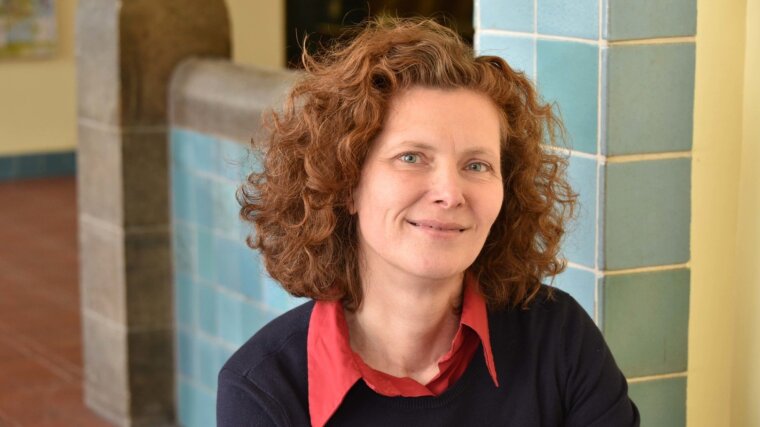
The year 2021 started where 2020 left off: in the midst of the coronavirus crisis. And as we publish the ninth edition of our LICHTGEDANKEN magazine, we just cannot help talking about it. The pandemic has been restricting almost all spheres of life for over a year. The crisis has also left its mark on everyday university life. But despite (or precisely because of) the exceptional situation, we can see shimmering rays of hope in research and teaching after the second ›COVID semester‹. In the LICHTGEDANKEN survey, researchers from our University explain how the crisis has boosted their productivity, how they are developing new ideas and forms of communication and cooperation, and what experiences they can take away for their post-crisis careers.
A more literal take on ›rays of hope‹ is reflected by our focus on the ›glow of atoms‹. Optical research and development has a rich tradition in Jena, where Carl Zeiss once revolutionized microscopy and Ernst Abbe calculated a microscope’s diffraction limit. These resolution barriers have long been broken down, and Jena and its university continue to play an important role in one of the latest optical disciplines, nonlinear optics, which is what this edition of LICHTGEDANKEN is all about. The first laser in Germany was developed in 1962 in Jena; the first professor of nonlinear optics was appointed here; and in 2020, the University of Jena was involved in a team of researchers who achieved the internationally acclaimed ›Physics Breakthrough of the Year‹, with possible implications for nonlinear optics.
Our focus on the ›glow of atoms‹ delves into the fascinating world of extremes. When laser light around a billion times more intense than the sun is concentrated on the tiniest material structures, their matter particles begin to glow. Under these extreme conditions, the rules of classic optics no longer apply. We see the emergence of new phenomena and light with completely new properties. Teams of researchers at our collaborative research centre ›Nonlinear Optics down to Atomic Scales‹ (NOA) are investigating what happens during these processes, and we present their results in this issue of LICHTGEDANKEN. We also take a look at laboratories where physically distanced scientists in masks are using lasers to measure, calculate and model the effects of light on nanomaterials. In our interview with the CRC’s spokespeople, Prof. Dr Ulf Peschel and Prof. Dr Stefanie Gräfe, we learn that a theoretical foundation is still required to comprehend and classify many concepts, while other ideas are already shaping our everyday lives and will continue to play a role in the future.
I hope you find our research magazine enlightening and look forward to hearing your feedback, comments or criticism. You can contact the editorial team and me at presse@uni-jena.de.
Stay healthy and hungry for knowledge!
Jena, March 2021